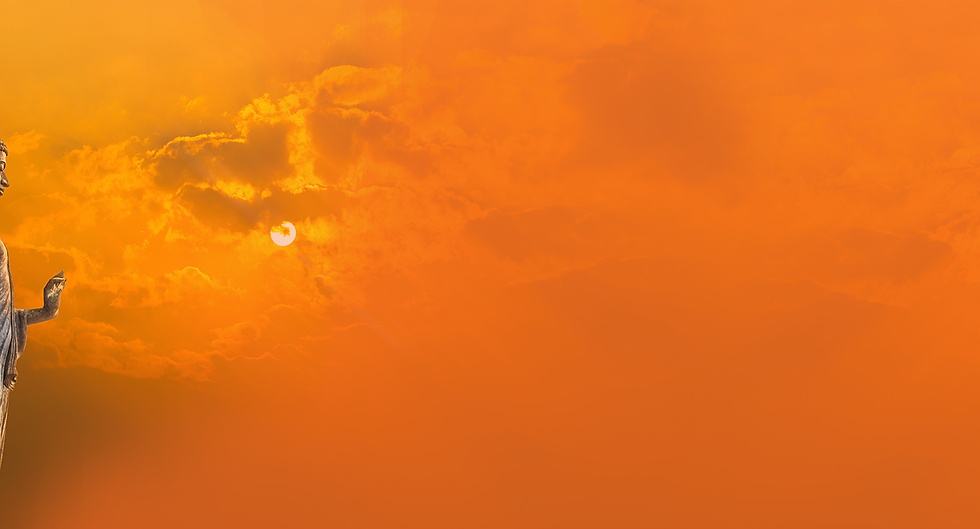
Baguazhang Yin Style
Baguazhang Yin Style


History of Bagua
Dong Haichuan (1797 {or1813}-1882) is widely credited to be the founder of Bagua. Most, if not all, existing schools of Bagua place Dong Haichuan at the beginning of their lineage. He is said to have learned from masters in the mountains of rural China during the early 19th century. Dong Haichuan became an instructor and a body guard to the court. He taught for many years in Beijing eventually earning patronage by the Imperial court.
Bagua was taught to Imperial bodyguards in Beijing at a time when large gangs of thugs roamed the streets. It was therefore designed for combat with multiple opponents. This is accomplished through application of crisp footwork and fast palm changes that facilitate rapid changes of direction enabling a practitioner to move through people even within crowds.
Yin Fu (1841-1911) was a highly skilled martial artist known for his Snake Tongue striking style. Yin Fu became Dong Haichuan's first student and learned Dong Haichuan's system of Bagua. In Beijing Yin Fu became well known and the Bagua that he taught became known as Yin Style Bagua. He became a bodyguard for the wealthy and powerful as well as teaching in the Imperial Palace.
Bagua
Bagua

"The hands and feet advance together without delay. Thighs strike in walking, shoulders strike in bumping...elbows press (outward) clandestinely...When you execute your techniques at close range, you should use every part of the body to strike, such as the hips, shoulders, and elbows...All of your efforts are to advance close to his body, which is the most advantageous position for the application of Baguazhang techniques." Total Song of Baguazhang.
The word Bagua, (Chinese八卦); (pronounced ba-gwa), literally translated means “eight symbols.” The symbols are known in the English translation as eight trigrams. The trigrams are a vital part of the I-Ching and are composed of three lines each with a different number and combination of broken and whole lines. Bagua is also a name referring to a very powerful Chinese martial art based upon these eight trigrams. In Martial Arts terms Bagua is often referred to as Bagua{zhan} (palm) or Bagua {Ch’uan} (fists) in order to differentiate it from the symbol.
In China, the martial arts are dichotomized into two major groups: Wudang and Shaolin. Wudang includes only the arts applied with internal power. Baguazhan (as I will call Bagua) is one of the three main Chinese Martial arts of the Wudang School. As an internal martial art Bagua generates striking, pushing, leading and joint breaking power in a different way than external martial arts.
In external martial arts knockout power is generated by a hard punch initiated from the shoulder or the foot through the waist. Initial blows set up the follow-up knockout strike. Internal martial arts instead generates power from ‘full body force’ instead of an isolated muscle group in the same way you would push a car; by rounding your back and pushing with your legs, using your arms to transfer the legs’ power to the object you want to affect. You cannot move a car with the momentum of swinging your arms because you cannot generate enough power to do so, but with ‘full body force’ the car can be moved.
The difference between pushing the car and striking is the speed. If you can push or strike an opponent’s body with great speed yet with the same connection to the ground up through the muscles of your back to your outstretched arm that pushes the car, then the power you generated will remain in the person that has been struck just as a slap leaves a sting in the face. This is the now infamous and once secret ‘shock strike’ or ‘short power’ of the internal martial arts. The Bagua system is stable, accurate and vicious and these strikes can be deadly; they are bone crushing, body flying strikes.
This same ‘full body force’ is used to coldly lead your opponent into heavy, hard or sharp objects such as the ground or the corner of a building. It is also used to break the joints by accurately shifting the joint against its natural range and direction of motion, or viciously leading your opponent in one direction and changing your direction while gripping your opponent's appendage.